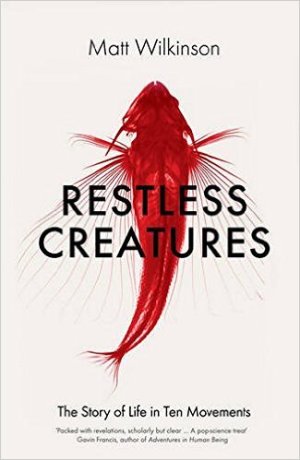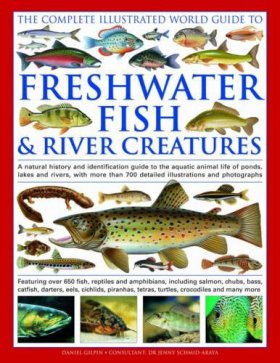 Underwater Adventure, Willard Price (1955)
Underwater Adventure, Willard Price (1955)
Looking back on my childhood, I’m hit by one big regret: I watched too much TV. Any TV is too much TV, of course, but I watched hours almost every evening. It was what my family did, though, and it was natural to go along. Still, it’s a regret. I wasted all those hours watching a TV screen when I could have been reading.
Fortunately, I managed to read a lot too. And the reading stayed with me. The TV didn’t. For me, reading was always more intimate, more powerful and much more enjoyable. Two of the authors I enjoyed most were Enid Blyton (1897-1968) and Willard Price (1887-1983). I had all of Blyton’s Famous Five series and all-but-two of Price’s Adventure series (Tiger Adventure and Arctic Adventure were the missing ones). And I re-read all the books at the time as I’ve always done if I enjoy a book.
But you can’t step in the same river twice, as Heraclitus said, and you can’t enjoy a book as an adult in the way that you did as a kid. Sometimes you can’t enjoy a book at all. I’ve tried the Famous Five books again and found them bland and uninspired. Blyton wrote down to her readers, using simple words and syntax and situations. It worked and she became the most successful children’s author of all time. But maybe she could have been both simple and subtle, or even simple, subtle and surreal, like J.P. Martin in his excellent Uncle series. I can re-read the Uncle books as an adult and enjoy them as much as I did as a kid. Or maybe even more, because I understand better now how good Martin was as a writer.
Like Martin, unlike Blyton, Willard Price is still enjoyable to read as an adult. He isn’t surreal or subtle, but his books are full of incident and information as they relate the adventures of the young naturalists Hal Hunt, who’s in his “late teens”, and Roger Hunt, who’s in his “early teens”. They’ve been given a year off school by their famous animal-collector father. And they cram a lot into that year as they collect animals and battle villains in exotic settings around the world, from the Amazon jungle to the Arctic wastes.
And maybe there is some surrealism in the books too: I haven’t re-read Elephant Adventure (1964) since I was a kid, but I can still remember things like the giant earthworms at the Mountains of the Moon and the pygmy crawling through the chambers of a slaughtered elephant’s heart. I didn’t remember this book, Underwater Adventure, like that. Except for one incident that I won’t reveal, because that would spoil the plot. One thing that won’t spoil the plot is the news that Hal and Roger beat the villains in the end, despite overwhelming odds and a hurricane.
This time they’ve gone to the Pacific to help a marine biologist collect specimens for his Oceanographic Institute. They meet one of Hal’s old classmates, S.K. Inkham or Skink, as he’s nicknamed. Inkham is young like the Hunt brothers; unlike them he’s lazy, greedy, cunning and cowardly. His villainy is one half of the plot. The other half, as always in the Adventure books, is the animals and the setting. Hal and Roger battle sharks, collect a rare and beautiful monster from the deep, learn about sea-anemones and clownfish, and explore a sunken ship. There’s treasure aboard, but that brings the plot back to Inkham and his villainy. At the beginning he was trying to cripple or kill the Hunt brothers with scorpions or stonefish or sabotaged diving-equipment; later on he’s trying to steal the treasure too.
He fails in both endeavours and the Hunt brothers are where they always are at the end of their books: ready for their next adventure. This time it will be Volcano Adventure (1956). I haven’t re-read that since I was a kid, but I can still remember incidents there. And the book was my introduction to the fascinating world of vulcanology. Willard Price didn’t create great literature, but his books are enjoyable, informative and worth reading at any age.

